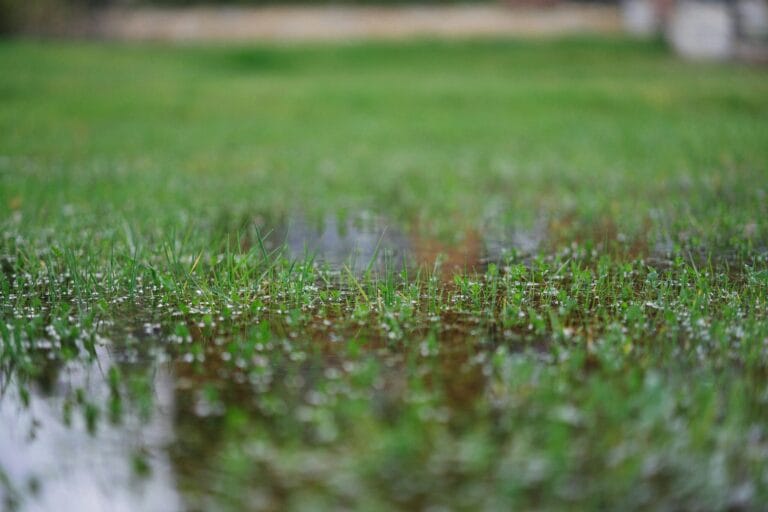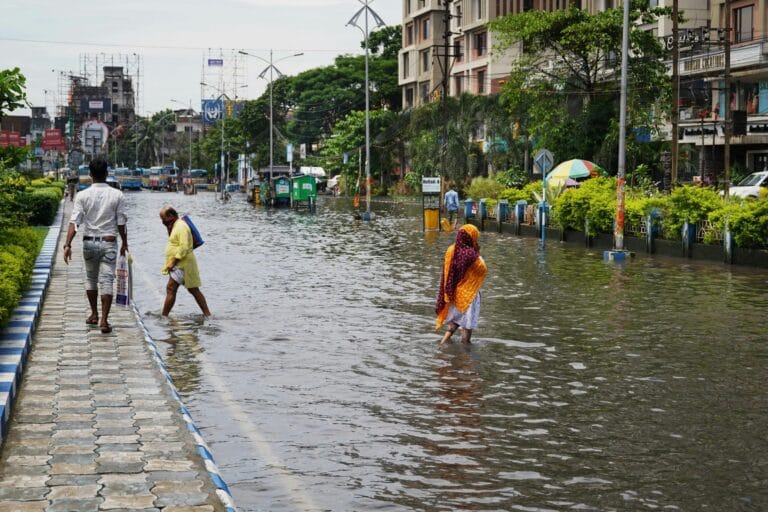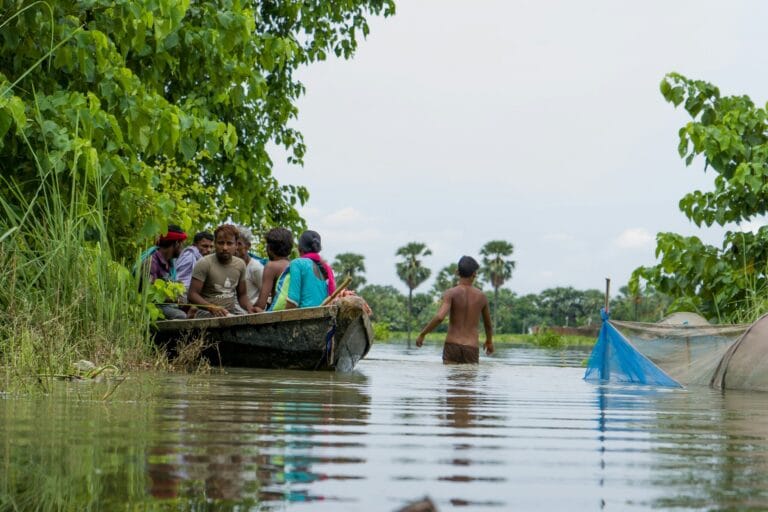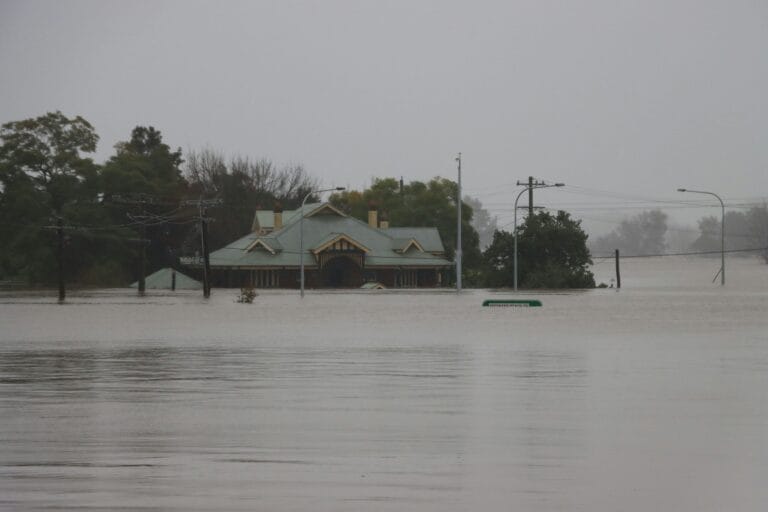
Table of Contents
ToggleDirty water is a big problem during monsoon : how to prevent dirty water overflow during monsoon
As we are aware, every monsoon season, Indian cities like Delhi, Mumbai, and Kolkata face flood problems. Flood carries dirty, contaminated water that enters homes and streets. This water carries diseases with it and spreads illness in the local area, where it is flooded. This situation is caused by the drainage problems in indian cities. Plastic clogged gutter and the lack of separate pipelines for sewage and rainwater make a favorable condition for water flooding. This blog explains deeply that how to prevent dirty water overflow during the monsoon in India, what authorities can do, and how to protect the home during the monsoon
How to protect home during monsoon from water pollution
Monsoon season comes every year around early July and sometimes late July. Our home provides shelter from rain. Let’s know how to prevent dirty water overflow during the monsoon

1. Build a mud trap: at the rooftop drain exit or at the gate, create a small pig line with stones and send it to the point where rainwater exists in your home, especially from the rooftop or balconies. Most of the time, water gets collected there. The simple trap filters out mud, plastic bits, and detergent foam before it reaches the road drain, and eventually it reduces micro pollution.
2. Install cloth filters: On your balcony, you can install cloth filters to catch micro waste. Use old cotton cloth or netting to line your balcony border or rooftop drain mouth. It helps in catching hair, detergent suds, food crumbs, and even small plastic pieces. These waste materials are often unnoticed in local areas, but they are capable of polluting the environment on a large scale.
3. Monsoon biowash solution: replace your floor cleaners with Monsoon by Wash. Make a DIY disinfectant using Neem water, vinegar, and a pinch of alum. This biowash is effective because it does not poison stormwater drains like other floor cleaners, like phenyl or acidic cleaners, do. Poison-free drain water will not harm soil, pets, or your drainage system.
4. Create a monsoon detergent zone inside the bathroom: when you are washing, temporarily block the bathroom outlet and then reuse grey water for flushing. It is helpful to prevent a sudden load of chemical-rich greywater entering the public drain during the rainy season. It’s weird, but it has the advantage that you will reduce water bills and save 20-30 litres per wash.
5. Grow soap-eating plants : grow plants like Vetiver, canna lily, or elephant grass near drainage areas. These plants absorb surfactants and break down mild chemicals from grey water before it escapes. These plants are also called Hardy plants. They mimic nature’s own water purifier system.
6. Cover open waste pins with mess to prevent overflow : during the rainy season, overflowing bins become toxic mini drains. The rainwater washes garbage into the street. To prevent this, use an Old plastic basket with a lid or a mosquito net to cover bins. You will prevent mini leachate spills that choke local drains.
7. Rain pause garden: if you have one or two square feet of soil spaces or even a tub create a rain pause point. At this point, water can percolate slowly using pebbles, sand, and a single vertical plant like a Banana or a Colocasia. It filters out pollutants from water naturally by delaying water escape. You can make this point at the corner, and it is perfect for ground-floor flats or small houses.
By following these methods which I have provided you, even one household can reduce pollutant flow by over 30%. And if a whole lane adopts, it could prevent seasonal drain blockage entirely.

How can Government prevent water pollution during monsoon
It’s not about cleaning drains during monsoon to prevent water flow in cities, it’s about re-designing how our cities interact with water during monsoon. Most of the Indian cities still rely on colonial-era drainage blueprints. Ignoring modern ecology and population density, authorities should shift to a new way of controlling water flow. According to the Central Pollution Control Board (CPCB), over 70% of urban wastewater in India is discharged untreated into water bodies during the monsoon due to overloaded or non-functional drainage systems. Here are the less-discussed factors that can create a high impact during the monsoon.
1. Mapping and reconnecting lost drainage paths: over 70% of natural water channels in India are either buried during road construction or encroached. Bangalore and Chennai had seen major water flooding issues due to this. The government can use GIS hydrological mapping to terrace, restore buried channels, and connect these lost waterpaths into drainage.
2. Blue green infrastructure: Instead of completely relying on concrete-made drains, cities should connect water (blue ) with vegetation buffers( green). These buffers act as natural filters and sponges, slowing down water runoff and filtering pollutants. The municipal corporation must make it mandatory in housing layouts, roads,, and parks.
3. Integration of floating wetlands in water bodies: Floating wetlands are man-made vegetated platforms. In India, during monsoon, lakes and ponds are connected with the sewage, but they should be connected with floating wetlands because they help in Bio-filtration, absorbing nitrates and oils. It works as a low-cost natural treatment and can be installed in ponds and lakes.
4. Establishing micro wastewater units: large sewage treatment plants get overwhelmed during the monsoon season due to heavy rain; instead of making STPs, cities should build ward-wise water treatment units, especially near slums and high-density zones. It helps to intercept greywater before it mixes with the stone drains.
5. Launch the drain blockage app: drainage failure is often seen due to last-minute negligence. The government should launch an app used by citizens from where they can report drainage issues to the local body in real time, using geotagging. This enables faster civic response and accountability. Municipal bodies should stop treating drainage as a seasonal chore and start treating it as a permanent urban infrastructure

Why dirty water is a big problem during monsoon in india
Dirty water during monsoon is a chain reaction of chemical, biological and infrastructural failure. We know how to prevent dirty water overflow during monsoon around our home and local areas. There is a lot of drainage problems in Indian cities and now we are going to see why it’s important to counter dirty water problem.
Leachate Leakage from landfills, during the monsoon, thousands of tons of rainwater enter the open dumping site. According to CPCB (2023), over 95% of India’s landfills are unlined. It means that rain mixes with bio waste, battery, chemicals, and plastic to produce highly toxic leachates( harmful substances).
Urban flooding causes underground septic tanks to backflow, especially in low-income housing. This process toilets blackwater up into the drains. A study in Hyderabad found that during heavy rainfall, 21% of houses experience sewage reversal through floor drains.
Expired drug dumping looks effective. Local clinics in smaller towns of 10 + expired syrups, antibiotics, and IV fluids into drains, and when the rainy season comes, they get mixed with water bodies. A survey by Toxic Links (2022) showed that 61% of unauthorised clinics in small cities dispose of Pharma waste with regular garbage or into drains.
Mosquitoes prefer dirty water, not clean water. Many dangerous mosquito species don’t need clean water; they breed better in organic-rich, foul-smelling runoff. The Culex mosquito breeds in dirty, stagnant water. In 2023, Uttar Pradesh reported 14,000 filaria cases post monsoon, and that is largely concentrated in flooded neighbourhoods.
Which Indian cities are managing water pollution in monsoon
INDOOR: India’s only city with pre monsoon drainage zones. They clean drains before the rain, they use GIS based mapping of blocked drains and mark them in red zones. Then these zones are assigned to private contractor for renewing under performance based pay.
In 2023 Indore cleaned 1270 km of drains and reused 21,000 metric tons of silt in road construction. They also used drain cameras to detect illegal sewage lines entering into the storm drains. Despite of heavy rainfall in July 2023 no major water logging incidence in core City zones were found.
SURAT: City engineers in Surat have separated greywater drains from rain drains and that was a smart move which most of the Indian cities still haven’t done. This is called a dual pipe drainage strategy. Surat’s 2022 drainage upgrade laid 450 km of independent stormwater pipelines. Smart gates at the major outlets automatically set off an alert in industrial zones when storm drains are filled during heavy rainfall. As a result, chemical factory zones do not leak into residential areas during the monsoon anymore.
NAVI MUMBAI: When other cities were building concrete drains, Navi Mumbai created green infrastructure for kids to absorb and slow down monsoon water. They used relating technique which we have discussed above. 48 Rain gardens have been built at key points across sector 1-30. It also maintains 10+ holding ponds near the plum zone and stores up to 6 crore litres of runoff during peak rains. The bonus advantage of rain gardens is that they cool the microclimate and reduce mosquito breeding.
KOCHI: Kochi is the largest district in India and is located in Kerala. It has launched India’s first “water sensitive urban design” pilot in its fort. Under this, the roads are built using permeable pavers which allow water to seep into the soil below. Kochi is installing floating wetlands in canals to filter pollutants before they reach the backwaters. Kochi became the first city to use nature plus engineering together at the street level.
Monsoon blog ends:
Monsoon is becoming like a public health threat and environmental crisis because it’s not organized properly. We know that dirty water is harmful if it floods streets or the inside of the home. But here we understood why it is an actual problem deeply. Follow are the steps to prevent drainage problems in indian cities. With better infrastructure and informed citizens, we can build a cleaner environment and a flood-regulating area. Whether you are a homeowner or policymaker, it’s time to take action now. Share this blog and tag government authorities to organize a proper drainage system before the monsoon turns into a flood. Know more about:-
References
- Central Pollution Control Board (CPCB). Over 70% of surface water in India is polluted due to untreated wastewater, especially during monsoon. Retrieved from https://www.cpcb.nic.in/
- The Centre for Science and Environment. A survey in "Toxic Links" reported dangerous levels of contamination in urban drains during monsoons. Retrieved from https://www.cseindia.org/toxic-links-a-study-on-urban-sewage-10123
- NITI Aayog and NIUA. A study in Hyderabad revealed clogged drains contributed to 40% of urban flooding incidents during monsoon season. Retrieved from https://niua.in/
- Uttar Pradesh Jal Nigam Report (2023). Several districts reported dirty water overflow into residential areas due to broken or overloaded storm drains. Retrieved from https://jalnigamup.gov.in/
